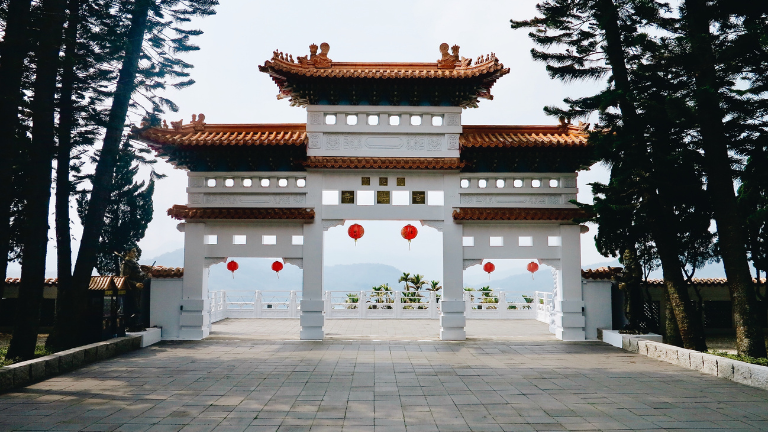Temple of the 3 window
The Temple of the Three Windows stands as a silent sentinel amidst the breathtaking landscape of Machu Picchu, Peru. Perched high in the Andes Mountains, this ancient sanctuary whispers secrets of a bygone era, its weathered stones bearing witness to the passage of time. In the heart of this sacred citadel, the temple beckons travelers from far and wide, inviting them to unravel the mysteries of its enigmatic architecture and profound symbolism.

Carved into the eastern slopes of the Andes, Machu Picchu is a testament to the ingenuity and spiritual reverence of the Inca civilization. At an elevation of over 2,400 meters above sea level, this UNESCO World Heritage Site offers a glimpse into the ancient past, where stone pathways wind through terraced fields and towering citadels cling to precipitous cliffs.

Amidst this awe-inspiring landscape, the Temple of the Three Windows emerges as a focal point of spiritual significance. Nestled within the urban sector of Machu Picchu, this sacred structure commands panoramic views of the surrounding valleys and peaks, its three trapezoidal windows serving as portals to the heavens above.

Constructed with meticulous precision, the temple’s walls are composed of finely-cut stones that fit together seamlessly, a testament to the advanced engineering skills of the Inca craftsmen. The three windows, positioned along one wall of the temple, are aligned with the cardinal directions, symbolizing the interconnectedness of the earthly realm with the celestial spheres.

As the sun rises over the eastern horizon, its golden rays illuminate the temple’s facade, casting intricate patterns of light and shadow upon the weathered stone. The first window, facing eastward, welcomes the dawn with open arms, its geometric form framing the radiant spectacle of sunrise. In the quiet hours of morning, pilgrims and travelers gather before this sacred portal, offering prayers and homage to the life-giving power of the sun.
Throughout the day, the temple undergoes a transformation, as the shifting angles of sunlight dance across its ancient walls. The second window, oriented to the west, bears witness to the sun’s descent into the western sky, marking the passage of time and the transition from day to night. Here, amidst the fading light of dusk, pilgrims reflect upon the fleeting nature of existence, seeking solace in the embrace of darkness.

Yet, even in the depths of night, the temple remains a beacon of spiritual guidance, its third window offering a glimpse into the realm of the stars. Positioned to the north, this celestial aperture reveals the eternal dance of constellations, guiding travelers on their journey through the vast expanse of the cosmos.

For centuries, the Temple of the Three Windows has stood as a symbol of divine harmony and cosmic unity, bridging the gap between the earthly and the divine. Pilgrims from far and wide have made their way to Machu Picchu, drawn by the allure of this ancient sanctuary and the promise of spiritual enlightenment.
Today, as visitors traverse the stone pathways of Machu Picchu and stand in awe before the Temple of the Three Windows, they are reminded of the enduring legacy of the Inca civilization. In its weathered walls and timeless symbolism, they find echoes of a bygone era, where the boundaries between heaven and earth were blurred, and the spirit of humanity reached for the stars.
The future of paper: Innovations and trends shaping Tomorrow Click here
